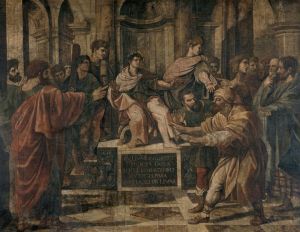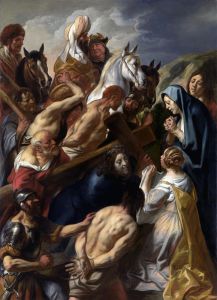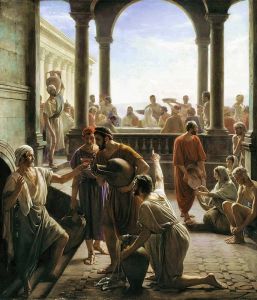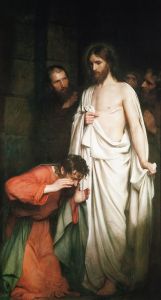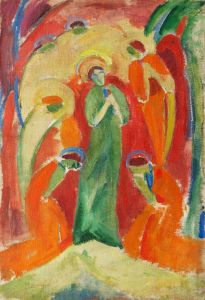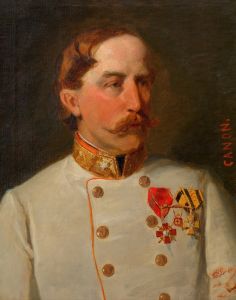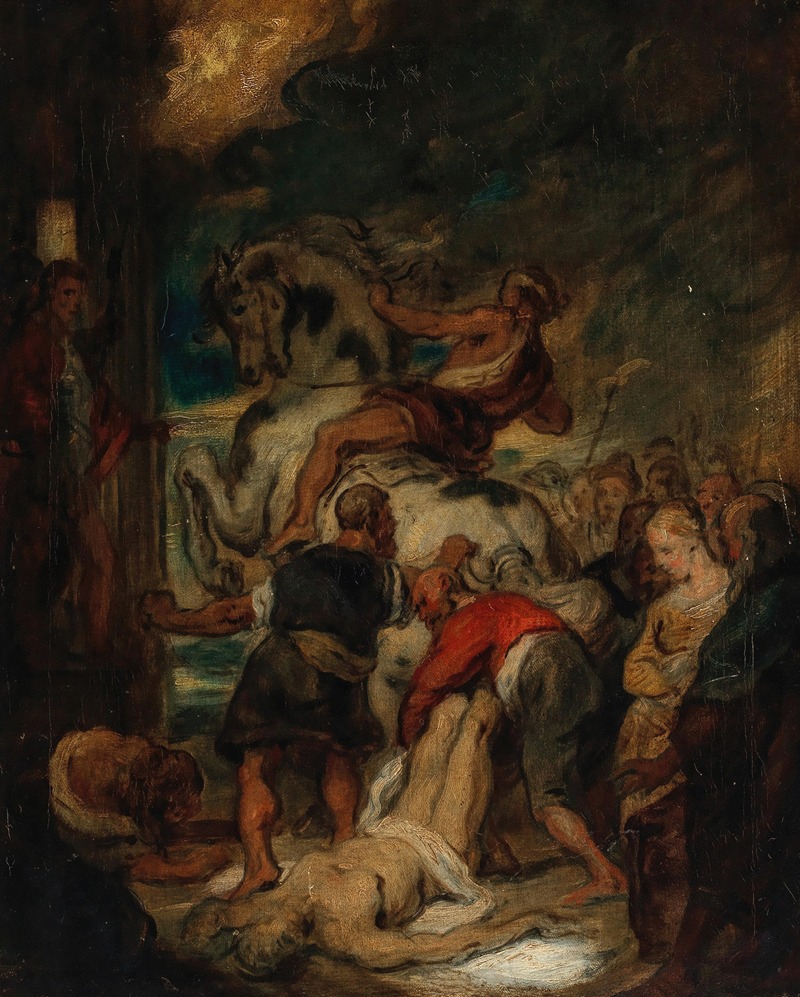
The Martyrdom of St. Hippolytus
A hand-painted replica of Hans Canon’s masterpiece The Martyrdom of St. Hippolytus, meticulously crafted by professional artists to capture the true essence of the original. Each piece is created with museum-quality canvas and rare mineral pigments, carefully painted by experienced artists with delicate brushstrokes and rich, layered colors to perfectly recreate the texture of the original artwork. Unlike machine-printed reproductions, this hand-painted version brings the painting to life, infused with the artist’s emotions and skill in every stroke. Whether for personal collection or home decoration, it instantly elevates the artistic atmosphere of any space.
Hans Canon, an Austrian painter known for his historical and genre scenes, created "The Martyrdom of St. Hippolytus" in the 19th century. This painting depicts the dramatic and tragic martyrdom of St. Hippolytus, a significant figure in early Christian history. St. Hippolytus was a theologian and a presbyter in the Church of Rome during the late 2nd and early 3rd centuries. He is often remembered for his theological writings and his eventual martyrdom.
The painting captures the moment of St. Hippolytus's execution, which, according to tradition, involved him being torn apart by wild horses. This brutal method of execution was meant to serve as a public spectacle and a deterrent to others who might challenge the Roman authorities or the prevailing religious norms of the time. Canon's work vividly portrays the intensity and violence of this scene, focusing on the physical and emotional turmoil experienced by the saint.
Hans Canon's style is characterized by its dramatic use of color and light, which he employs effectively in this painting to highlight the central figure of St. Hippolytus amidst the chaos surrounding him. The composition likely draws the viewer's attention to the saint's expression, capturing a sense of serenity and acceptance in the face of impending death. This portrayal aligns with the traditional Christian narrative of martyrdom, where the martyr's faith and conviction are emphasized even in the face of suffering.
Canon's work often reflects the influence of the academic art tradition, with its emphasis on historical and religious subjects rendered in a realistic and detailed manner. "The Martyrdom of St. Hippolytus" is no exception, as it combines historical storytelling with a focus on human emotion and drama. The painting serves as both a religious homage and a historical commentary, reflecting the tensions between early Christians and the Roman Empire.
While specific details about the painting's creation, such as the exact date and the circumstances under which it was commissioned or exhibited, are not widely documented, it remains an important example of Canon's contribution to religious art. His ability to convey complex narratives through visual art has earned him recognition in the canon of 19th-century European painters.
Overall, "The Martyrdom of St. Hippolytus" by Hans Canon stands as a testament to the enduring power of religious art to convey stories of faith, sacrifice, and resilience. Through his skilled use of composition, color, and emotion, Canon brings to life the story of St. Hippolytus, inviting viewers to reflect on the historical and spiritual significance of martyrdom in the Christian tradition.





